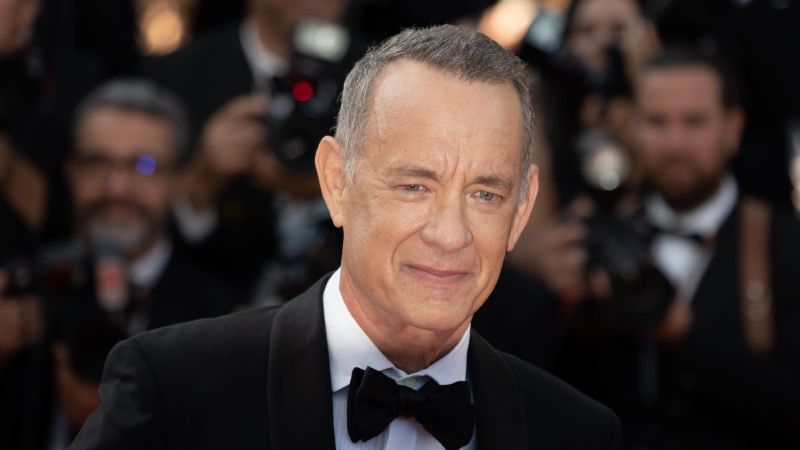### Summary
A federal judge ruled that AI-generated art cannot be copyrighted, which could impact Hollywood studios and their use of AI.
### Facts
- 🤖 Plaintiff Stephen Thaler sued the US Copyright Office to have his AI system recognized as the creator of an artwork.
- 🚫 US District Judge Beryl Howell upheld the Copyright Office's decision to reject Thaler's copyright application.
- 📜 Howell stated that human authorship is a fundamental requirement for copyright and cited the "monkey selfie" case as an example.
- ❓ How much human input is needed for AI-generated works to qualify as authored by a human will be a question for future cases.
- ⚖️ Hollywood studios may face challenges in their contract disputes with striking actors and writers, as AI-generated works may not receive copyright protection.
The Alliance of Motion Picture and Television Producers has proposed guidelines for the usage of artificial intelligence (AI) and data transparency in the entertainment industry, stating that AI-created material cannot be considered literary or intellectually protected, and ensuring that credit, rights, and compensation for AI-generated scripts are given to the original human writer or reworker.
A proposed bill in California could allow actors to nullify contracts that require the use of their likeness for digital avatars created using artificial intelligence.
Actor Sean Penn is expressing concern over the use of artificial intelligence, particularly in regards to the use of actors' likeness and voices in future productions, calling it a "lack of morality" and a "human obscenity."
Tom Hanks warns his followers about an AI video featuring a computer-generated image of himself, emphasizing the rising importance of protecting actors' likenesses as intellectual property in the age of AI.
Tom Hanks warns fans about a computer-generated version of himself promoting a dental plan, stating that he has nothing to do with it and highlighting the rise of AI and deepfake technology in the creative industries.
Tom Hanks warns about the spread of fake information and deepfake technology, highlighting the legal and artistic challenges posed by AI-generated content featuring an actor's likeness and voice.
Tom Hanks and Gayle King have warned their social media followers about fraudulent advertisements that use artificial intelligence versions of themselves without their consent.
Celebrities such as Tom Hanks and Gayle King have become victims of AI-powered scams, with AI-generated versions of themselves being used to promote fraudulent products, raising concerns about the use of AI in digital media.
A tentative agreement between Hollywood writers and film studios could establish protections for workers against being replaced by artificial intelligence (AI), potentially setting a precedent for labor battles in other industries.
AI technology is making advancements in various fields such as real estate analysis, fighter pilot helmets, and surveillance tools, while Tom Hanks warns fans about a scam using his name.
Deepfake videos featuring celebrities like Gayle King, Tom Hanks, and Elon Musk have prompted concerns about the misuse of AI technology, leading to calls for legislation and ethical considerations in their creation and dissemination. Celebrities have denounced these AI-generated videos as inauthentic and misleading, emphasizing the need for legal protection and labeling of such content.
Tom Hanks expresses his displeasure after an AI-generated twin of himself is used to promote a dental plan without his permission, highlighting the growing concern of unauthorized use of celebrities' likeness and the blurry lines between reality and digital fabrication.
AI technology poses a threat to voice actors and artists as it can replicate their voices and movements without consent or compensation, emphasizing the need for legal protections and collective bargaining.
Hollywood actors on strike are fighting for protections from artificial intelligence (AI) that can replicate their likeness, raising concerns about control over their own images and the potential for disinformation.
